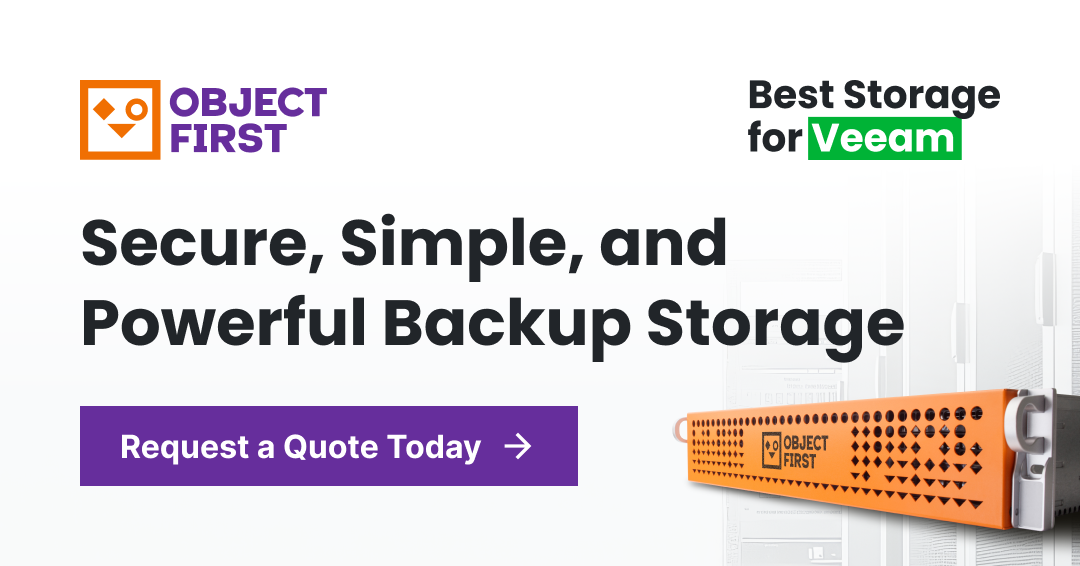Cloud Storage vs Local Storage: How to Choose?
Data is the fuel that keeps our modern world running, and we’re producing more of it than ever—with approximately 402.74 million terabytes of data created every day.
But how do we store all that data? The two main options today are Cloud Storage and Local Storage, each with their own benefits and disadvantages. In this guide, we’ll cover the key differences between both cloud and local storage, as well as the best use cases for both.
What is Cloud Storage?
Cloud storage is a form of data storage hosted by a third-party provider on multiple servers in a remote or offsite location. It’s typically accessed via the internet or a network operated by the cloud provider.
There are three main types of cloud storage:
-
Private Cloud is typically managed by a company’s IT staff, with information available only within the individual organization—offering enhanced security.
-
Public Cloud is accessible via the internet and can be accessed by any authorized employees or customers. Public cloud does not require organizations to maintain cloud storage systems.
-
Hybrid Cloud combines public and private solutions, offering the security of a private cloud with the flexibility of public cloud.
Pros and Cons of Cloud Storage
Cloud storage has a range of advantages and disadvantages:
Advantages
-
Scalability: Cloud storage is much more scalable than local storage, allowing businesses to increase or decrease capacity on demand.
-
Accessibility: Because cloud can be accessed via the internet, users can access their data from any device with internet functionality, wherever they are.
-
Collaboration features: The ease of accessibility from anywhere—as well as live access provided by many cloud storage providers—allows multiple users to collaborate on the same cloud storage files without the risk of versioning issues.
Disadvantages
-
Dependent on the internet: Cloud storage is usually accessed via the internet. If you don’t have an internet connection, you can’t access your storage.
-
Vendor lock-in: Switching between different cloud storage providers is complex and often expensive, especially if it concerns large volumes of data.
-
Shared security model: Responsibility for security is shared by the cloud provider and the end user. Organizations need to be confident in the cloud provider’s security protocols and establish good policies within their own business.
-
Recurring subscription costs: While pay-as-you-go cloud storage can be less costly some cases, exceeding storage tiers—or storing large amounts of data—can prove very expensive.
What is Local Storage?
Local storage is a form of data storage where data is stored on-premises on an enterprise’s own hardware. This hardware could be a data center run by the company, a server that manages all individual office devices, or another type of storage appliance.
Pros and Cons of Local Storage
Local storage has its own set of advantages and disadvantages:
Advantages
-
Full control over data and hardware: Local storage gives organizations full control over their data, meaning increased privacy and security.
-
Lower latency: Because data retrieval happens directly from a device, local storage has lower latency. This is particularly important when working with large files.
-
Internet not required: Data can be written, stored, and retrieved without an internet connection, offering convenience and security benefits.
-
Better for compliance: Because local storage offers complete control over your data, it may better meet compliance needs and regulatory standards like NIS2, HIPAA and PCI.
Disadvantages
-
Requires in-house IT resources: Businesses often require additional IT support to run, fix, and upgrade physical storage.
-
Risk of physical damage or theft: Physical local storage devices require protection from risks like theft and physical damage.
Cloud vs Local Storage: Key Differences
Making a choice between cloud and local storage depends on your business priorities.
If you require easy scalability and flexibility while minimizing upfront costs, cloud storage could be ideal for you. If you want stronger security, greater control over your data, and faster response times, local storage is your best bet.
Here’s a simple comparison table featuring the main benefits and drawbacks of both local and cloud storage:
|
Local Storage |
Cloud Storage |
|
|---|---|---|
| Ownership |
Complete control over your own data |
Control over your data is more limited |
|
Accessibility |
Remote access can be limited, but no internet connection is required |
Accessible wherever an internet connection is available |
| Performance |
Low latency, even with large files |
Higher latency |
|
Security |
Total control over your security |
Internet connection and external servers introduce additional security vulnerabilities |
|
Scalability |
Scaling options usually require purchasing new devices |
More flexible to scale up and down (at a price) |
|
Costs |
Higher start-up cost, minimal running costs |
Lower initial payment, but usage fees are ongoing and can be costly |
|
Maintenance |
Requires in-house IT support |
Handled by the cloud provider |
When to Use Cloud, Local, or Hybrid Storage
Below is a list of suggestions on which storage type best meets the needs of individual business scenarios.
One strategy we haven’t mentioned until now is hybrid storage—a modern, flexible strategy where businesses use both cloud and local storage to reap the benefits of both.
Using both local and cloud storage is also a good way to gain extra peace of mind. By storing multiple copies of the same data in different locations, you reduce the risk of data loss in the case of system failure, physical damage, or cyberattack.
|
Use case |
Optimal storage solution |
|---|---|
|
Remote teams |
Cloud storage is ideal for remote teams, as, with an internet connection, data is accessible from anywhere— making collaboration simple. |
|
Healthcare data |
Healthcare data is extremely sensitive and subject to strict compliance rules. Local storage is a better solution, because it affords offers total control over your data and its security. |
|
Finance organizations |
Finance data is strictly controlled and audited. Increased security requirements and the need to access data quickly for compliance purposes make local storage a better choice. |
|
Performance-intensive apps |
Local storage is a better option for performance-intensive apps because latency is much lower. |
|
Backups/redundancy |
Hybrid storage is the best solution for backups and redundancy. By keeping separate copies of data in both cloud and local storage, businesses reduce the risk of data loss in the case of an accident or cyberattack. |
If you choose local, choose Ootbi (Out-of-the-Box Immutability)
Local storage is only as secure as the device you store your data in.
With the risk of ransomware attacks continuing to rise, 81% of IT professionals agree immutable backup storage is the best protection.
Ransomware-proof and immutable out-of-the-box, Ootbi by Object First ensures recovery with secure, simple, and powerful backup storage for Veeam customers that can be racked, stacked, and powered in 15 minutes while providing unbeatable backup and recovery performance.
Don’t compromise on your local storage!



